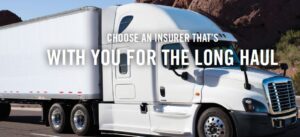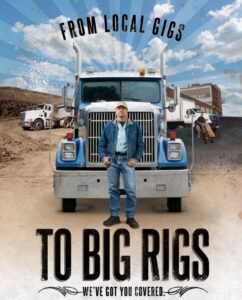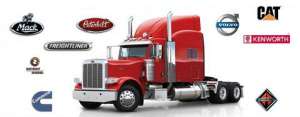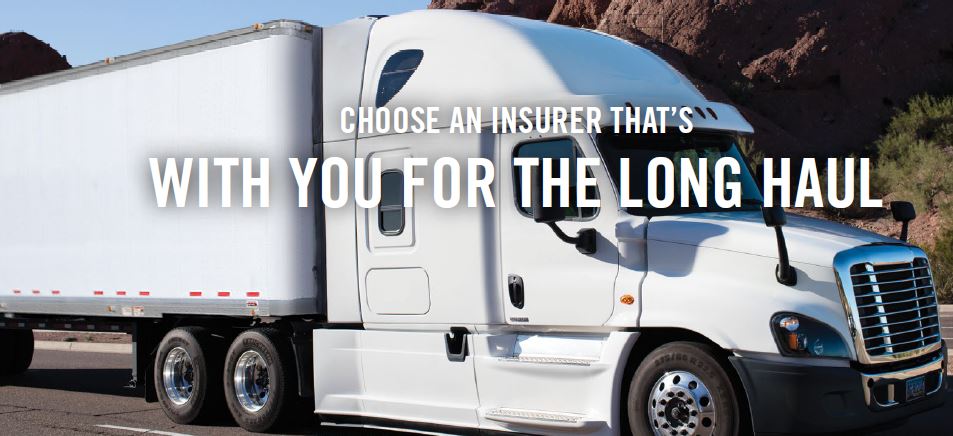The trucking and transportation industry plays a critical role in the US economy, transporting goods and materials from one destination to another.

The industry has been an integral part of the US economy since the early 20th century, with the trucking industry alone responsible for carrying over 70% of the nation’s freight. Despite its importance, the trucking and transportation industry is facing a number of challenges that could have a profound impact on its future. In this article, we’ll take a look at some of the key challenges facing trucking and transportation in the United States, and discuss potential solutions that could help the industry continue to grow and succeed in the future.
Driver Shortage
One of the most significant challenges facing the trucking and transportation industry is a shortage of qualified drivers. This shortage has been growing for several years and is expected to worsen in the coming years. According to the American Trucking Associations, the US is currently facing a shortage of around 60,000 drivers, and that number is expected to grow to over 100,000 by 2024. The shortage is caused by a number of factors, including an aging driver population, a lack of new drivers entering the industry, and the increasing number of regulations and restrictions placed on drivers.
The driver shortage is having a significant impact on the industry, as companies are struggling to find enough qualified drivers to meet their needs. This is resulting in increased costs, delays, and disruptions in the supply chain, which can have a serious impact on businesses. In order to address the driver shortage, the industry needs to focus on recruiting and retaining drivers, as well as developing new technologies and systems that can help reduce the amount of time and effort required to move goods from one location to another.
High Fuel Costs
Another major challenge facing trucking and transportation companies is the rising cost of fuel. Fuel costs have been on the rise for several years, and this trend is expected to continue in the coming years. The increasing cost of fuel is having a significant impact on the industry, as companies are forced to pass on the higher costs to their customers. This is resulting in higher prices for goods and services, which can have a negative impact on businesses and consumers alike.
In order to address this challenge, companies need to focus on reducing fuel costs through increased efficiency. This can be done by investing in fuel-efficient vehicles, implementing better routing and scheduling strategies, and utilizing new technologies such as telematics systems to monitor and analyze driver behavior. Companies should also look for ways to reduce idling time, as this can have a significant impact on fuel costs.
Regulatory Changes
The trucking and transportation industry is also facing a number of regulatory changes that could have a significant impact on their operations. Changes to the hours of service regulations, for example, can have a significant impact on driver fatigue and safety. The industry is also facing changes to emissions regulations, which could result in higher costs for companies that do not meet the new standards. In addition, changes to safety regulations could result in increased costs for companies as they are required to invest in new safety systems and technologies.
In order to address these regulatory challenges, companies need to stay up to date on the latest changes and ensure that they are compliant with all requirements. Companies should also look for ways to reduce the impact of regulatory changes, such as investing in new technologies and systems that can help them better manage and monitor their operations.
Technology
Technology has been a major driver of change in the trucking and transportation industry in recent years, and this trend is expected to continue in the coming years. New technologies such as autonomous vehicles, connected vehicles, and telematics systems are revolutionizing the industry, as they offer increased efficiency, safety, and cost savings. However, these new technologies can also pose a challenge for companies, as they require significant investments in order to be implemented successfully.
In order to address the challenges posed by new technologies, companies need to focus on implementing the right technologies for their operations. They should consider their specific needs and the impact the technology will have on their operations and costs. Companies should also look for ways to reduce the cost of implementing new technologies, such as utilizing open source solutions and partnering with vendors who can provide them with the technology they need at an affordable price.
Conclusion
The trucking and transportation industry is facing a number of challenges that could have a profound impact on its future. These challenges include a driver shortage, high fuel costs, regulatory changes, and the adoption of new technologies. In order to address these challenges, companies need to focus on recruiting and retaining drivers, reducing fuel costs through increased efficiency, staying up to date on regulatory changes, and investing in the right technologies for their operations. With the right strategies and solutions, the trucking and transportation industry can continue to be an integral part of the US economy for years to come.




